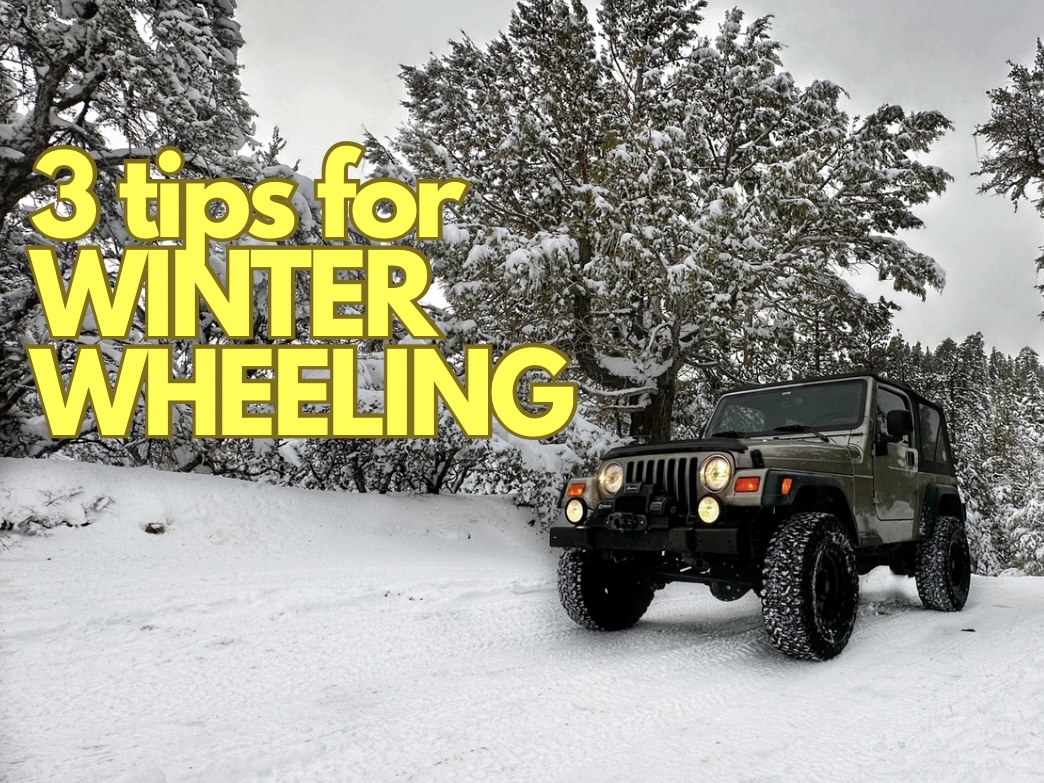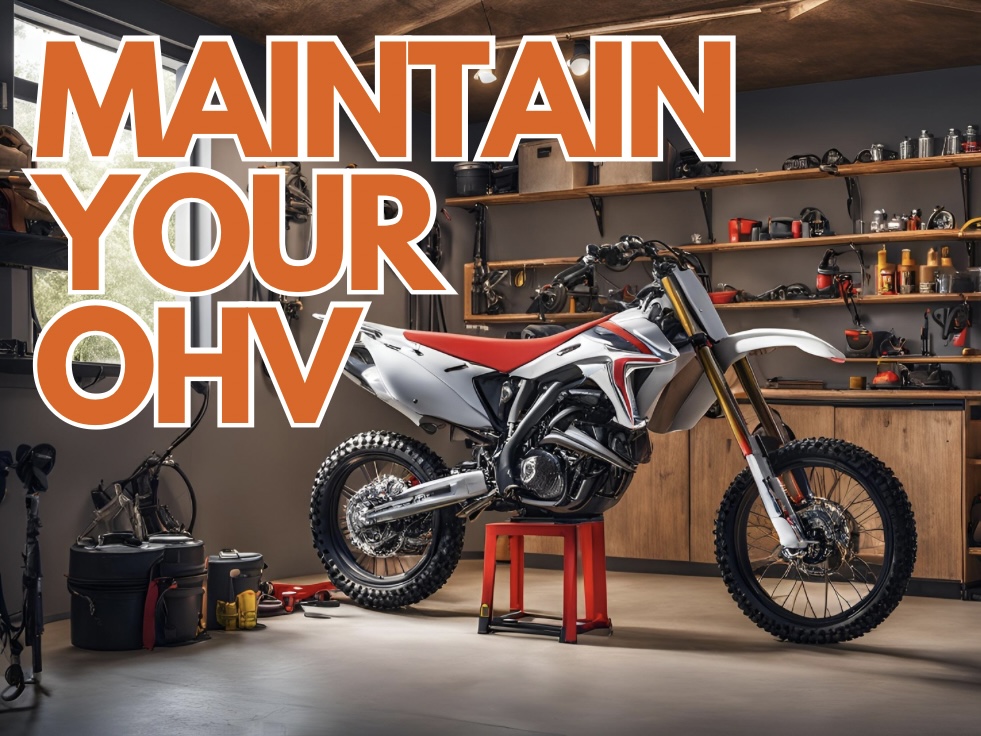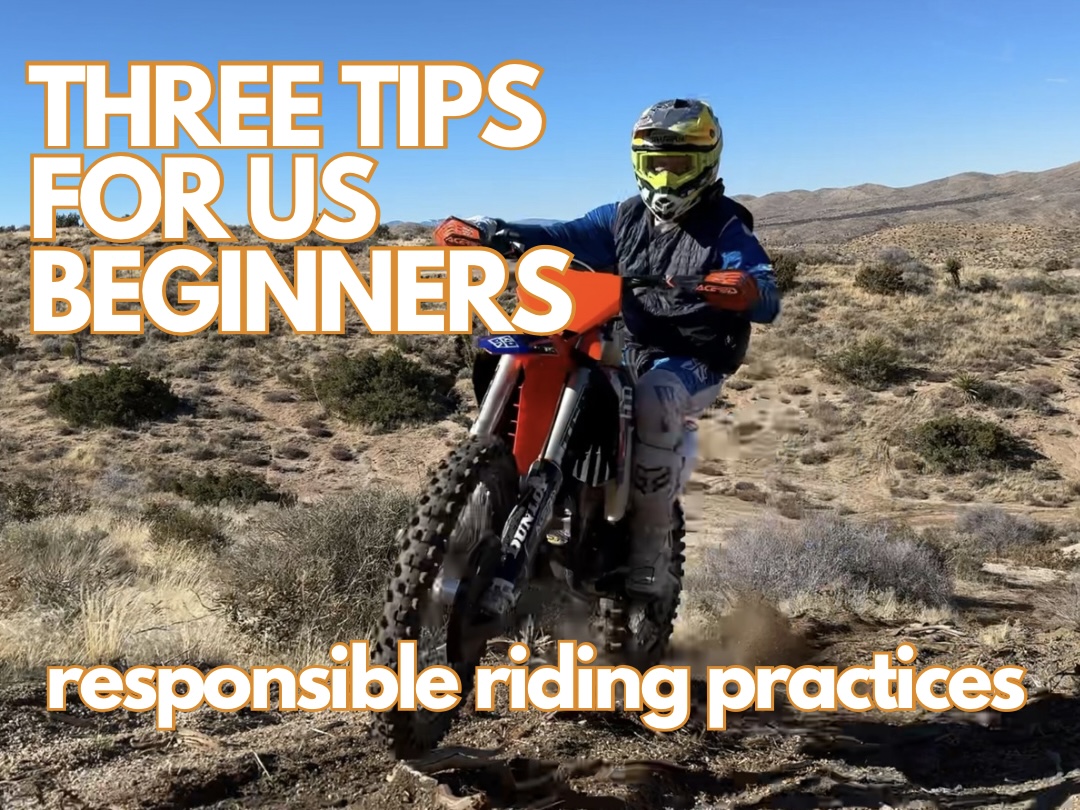Your cart is currently empty!
Water Crossings 101
Water crossings are often the most fun part your trip right? It brings that feeling of adventure and exploration to the next level and for whatever reason, it seems like when we see water we want to drive or ride through it.
Rushing the water, regardless of how big or deep the crossing may be is generally a bad idea. There are a lot of things that can damage or worst case scenario absolutely ruin your rig. The environmental damage potential is also always a factor as well. A good rule of thumb, the only time you should water cross is when it is absolutely safe, legal, and necessary. There are a few ways we can keep our water crossings safe. If we follow these basic principles we will dramatically minimize risk and damage to the environment.
WATER CROSSING TIPS
- Rig preparation is the first thing we do before crossing water. Make sure anything that can suck water into your motor or components is sealed pr prepped properly. (air intake, axel breather tube, protect your engine from flooding). it doesn’t matter what you drive or ride, make sure you know your vehicle and prepare accordingly
- Access the crossing. Water depth can be deceiving and getting it wrong could be catastrophic. Walk the crossing first whenever possible. You don’t want to get wet? try using a stick as a depth finder then. do something to access how deep the water is. Often however, we can find a low spot to cross with a little searching.
- How to cross. Ok, now your ohv rig is ready and you’ve found the best place to try and cross. success still is not a given. There are a few driving or riding techniques that make all the difference.
- Keep recovery gear accessible and dry.
- Know your path BEFORE you enter the water.
- Be aware of potential upstream problems that could occur and have a plan for them.
- Keep you speed down. slow and steady is best for a safe crossing. This technique will create the proper “bow wave” and push the water away and create the perfect pathway. (DO NOT MOB THE CROSSING)
- NEVER completely let up on the throttle. A constant easy pressure is best, then make changes to that pressure as needed but do not disengage completely
- Never head upstream. Alway try and cross straight through or even slightly down stream when necessary.
- Post crossing checks. Once through, let everything cool down and dry out. If you’re mechanically inclined check your differentials, brakes, winch, anything you can that’s electrically powered.
I know that seems like overkill to most, but those tips can be learned and applied easily with just a tiny bit of commitment to learn them. Stay safe, have, and leave no trace out there.
3 Tips for Wheeling this Winter

Winter on the trails can be both amazing and challenging. The snow cover ground, the beauty of nature at rest and the sense of freedom away from the craziness of our lives back home can leave us wanting to push the limits. It is important however to be prepared at all cost during the winter…
5 Ways to Maintain your OHV

Maintaining your rig is important. It increases the performance and the life of your OHV. Of course the better kept your OHV remains, the less likely you find yourself broken down on the side of the trail wishing you would have taken better care of your things. Here are 5 things you can do to…
3 Tips for New Riders

Ok, the crew is all here, you are all geared up with proper riding gear, you’re hydrated, excited and ear to ride! BUT, it being your first time and all, maybe we should cover a few things with Adam (he’s a pro) Here are three things all beginner riders need to do to hit the…
